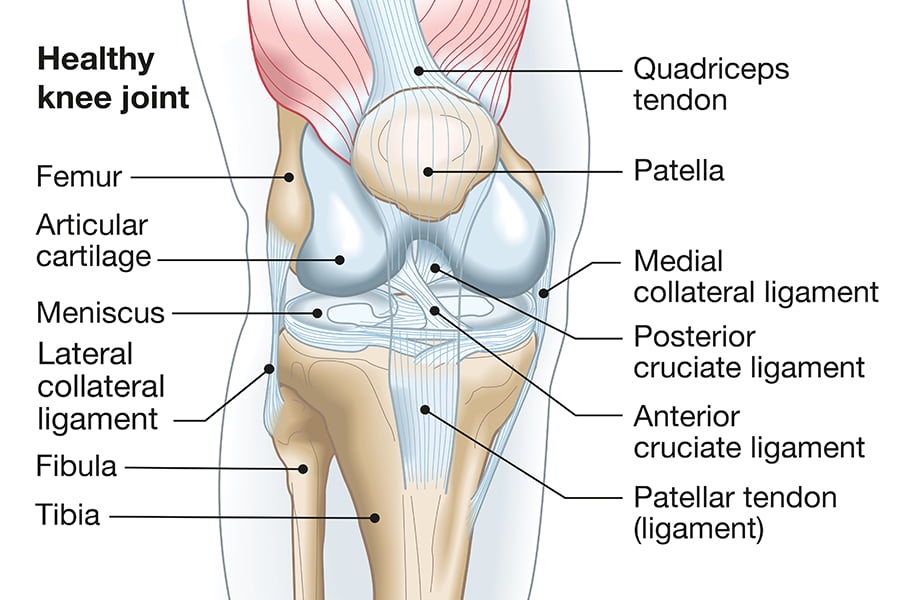
Treatment of patellofemoral problems begins with decreasing the inflammation in the knee. This may be accomplished with rest and anti-inflammatory medicines like aspirin or ibuprofen. Physical therapy can help in the early stages of treatment. Your physical therapist may use ice, massage, and/or ultrasound to limit pain and swelling.
Your therapist may recommend bracing or taping your kneecap as part of the treatment for patellofemoral problems. The goal of bracing or taping is to correct the alignment of the kneecap. This may be all you need as you work with your physical therapist to improve your flexibility, strength and muscle balance in your knee.
If these measures fail to improve your condition, surgery may be recommended.
Arthroscopy is sometimes useful in the treatment of patellofemoral problems of the knee. It is the most accurate way to determine how much wear and tear there is on the articular cartilage surfaces. If, during arthroscopy, your surgeon determines that certain areas of articular cartilage are rough, he or she may use special tools to smooth the surface in a procedure known as shaving the patella.
In more advanced cases, the treatment of patellofemoral problems may require surgery to repair or restore the damage articular cartilage. The type of surgery needed is based on the size, type, and location of the damage.
A lateral release may be suggested if your patella problems are caused by misalignment. In this procedure, the tight ligaments on the outside (lateral side) of the kneecap are cut, to allow the patella to slide more toward the center of the femoral groove. As the ligaments heal, scar tissue fills in the gap created by the surgery. This helps to balance the quadriceps mechanism and equalize the pressure on the articular cartilage behind the kneecap. In some cases, the tendons on the inside edge of the knee (the medial side) may have to be tightened as well.
In the most severe cases, treatment of patellofemoral problems may require a bony realignment. Your surgeon will remove a section of bone where the patellar tendon attaches on the tibia and then use screws to reattach the tendon on the tibia closer to the other knee.
Stretching and strengthening exercises to correct muscle imbalances will be prescribed following your treatment of patellofemoral problems. If you have had surgery, you will most likely need to complete a more formal course of physical therapy, with muscle balance again being the goal.
For more information on this subject, call The Zehr Center for Orthopaedics at 239-596-0100 or visit www.zehrcenter.com. The information contained herein is compiled from a variety of sources. It may not be complete or timely. It does not cover all diseases, physical conditions, ailments, or treatments. The information should NOT be used in place of a visit with your healthcare provider, nor should you disregard the advice of your health care provider because of any information you read on this topic.